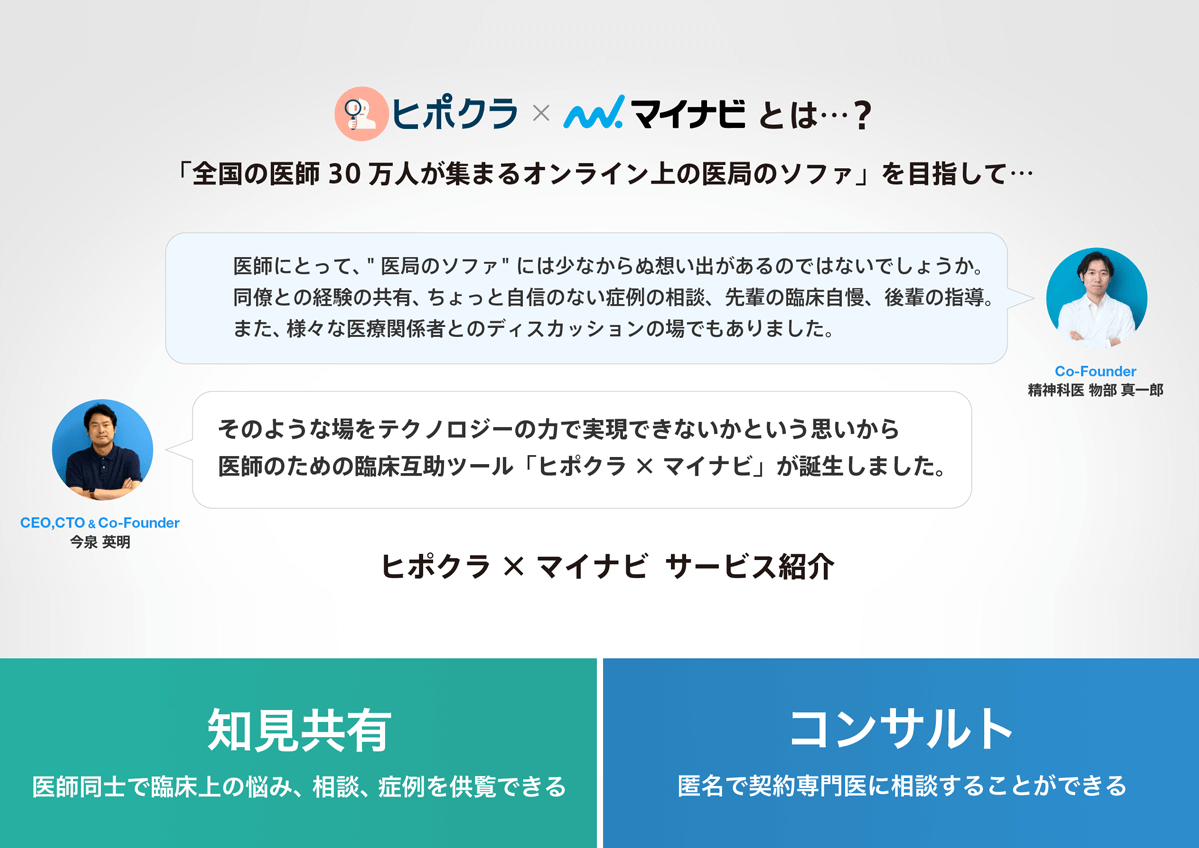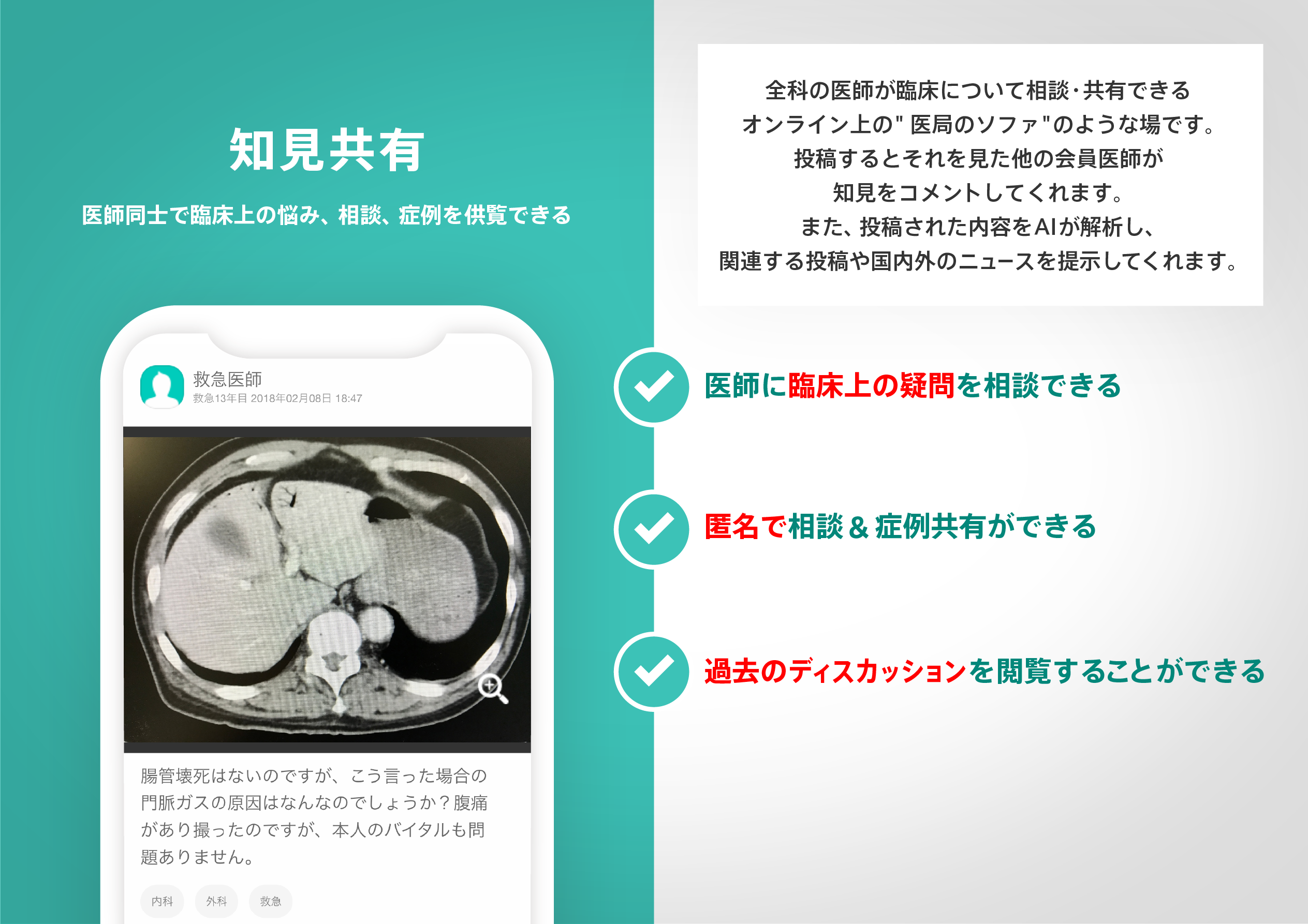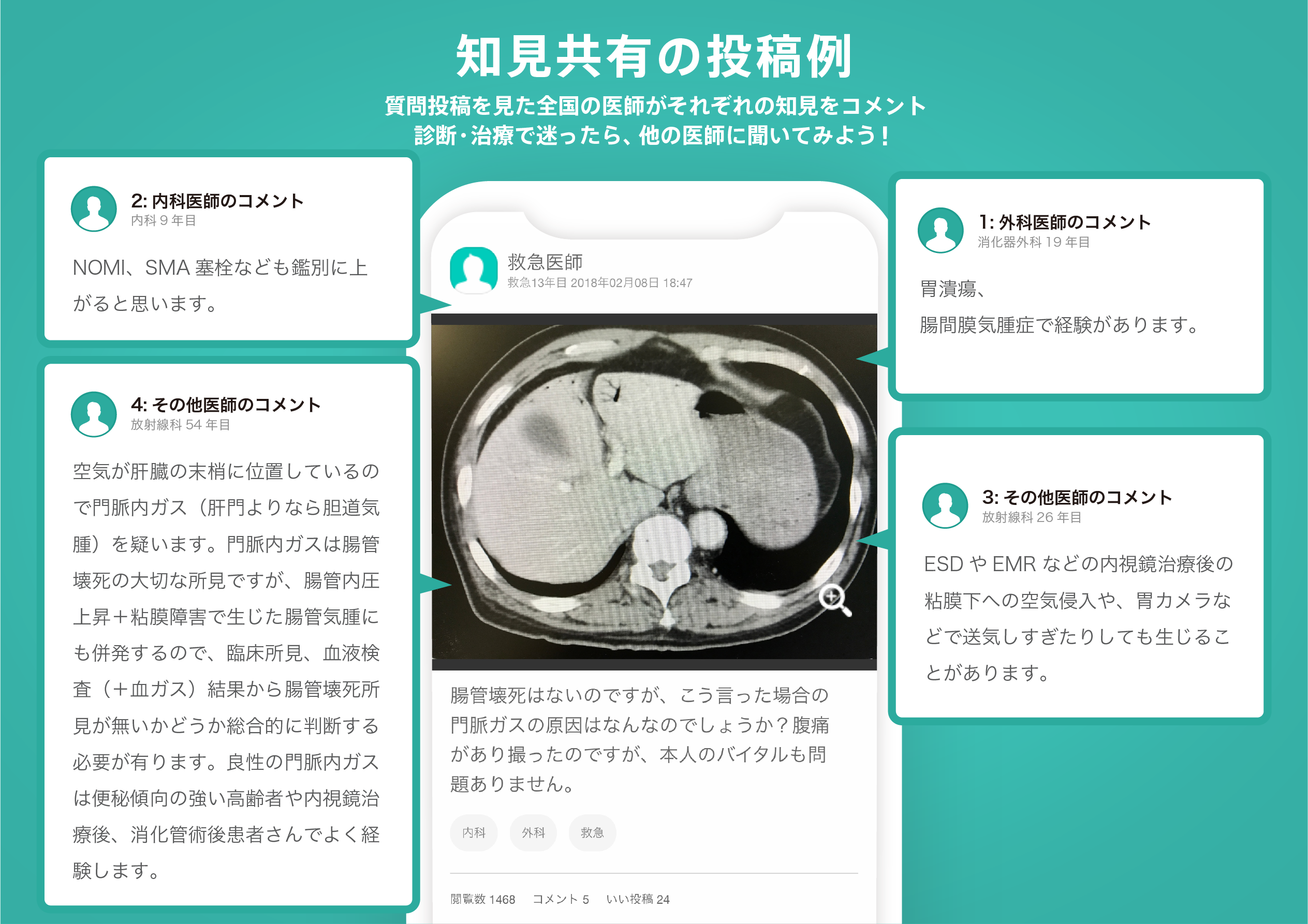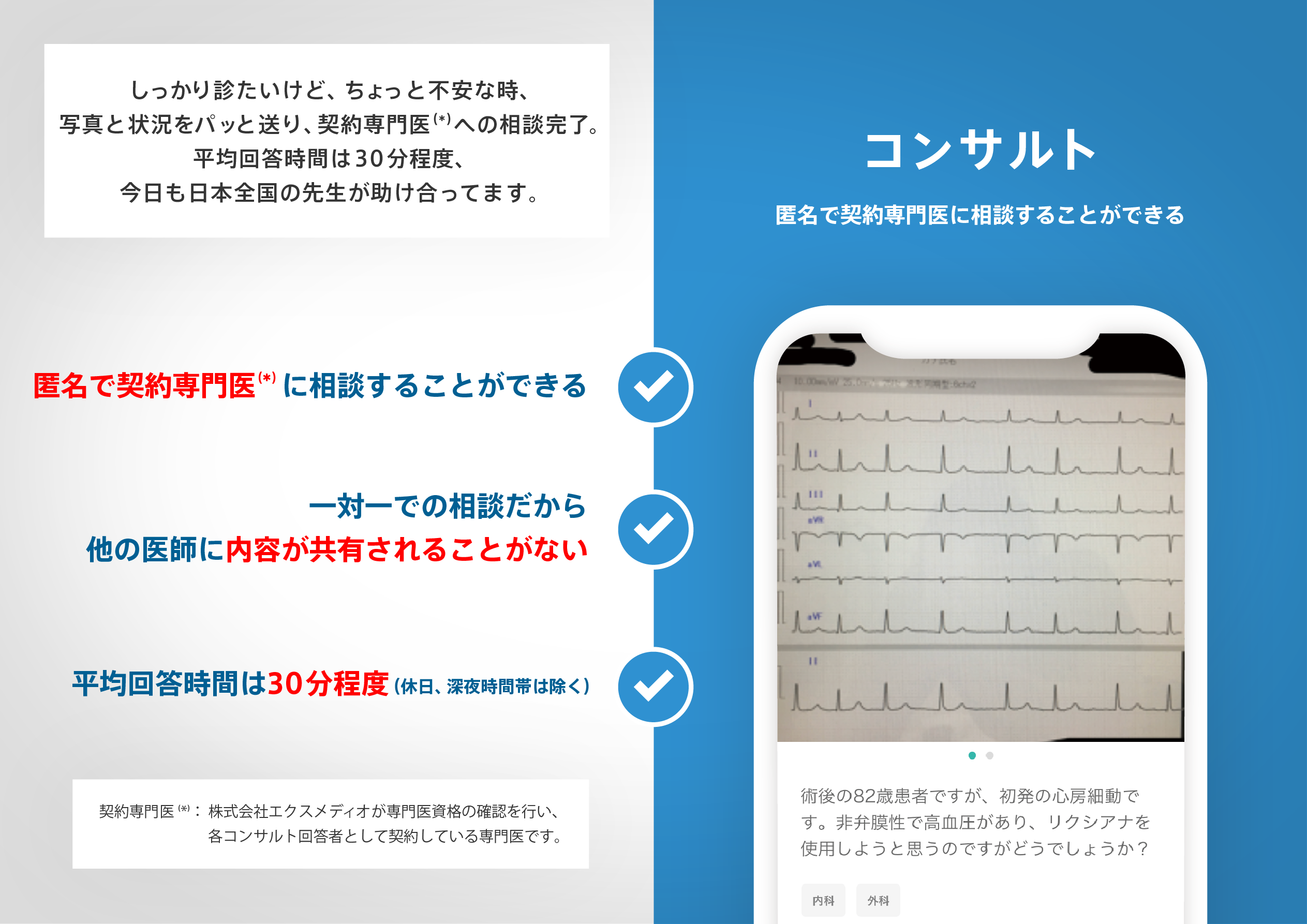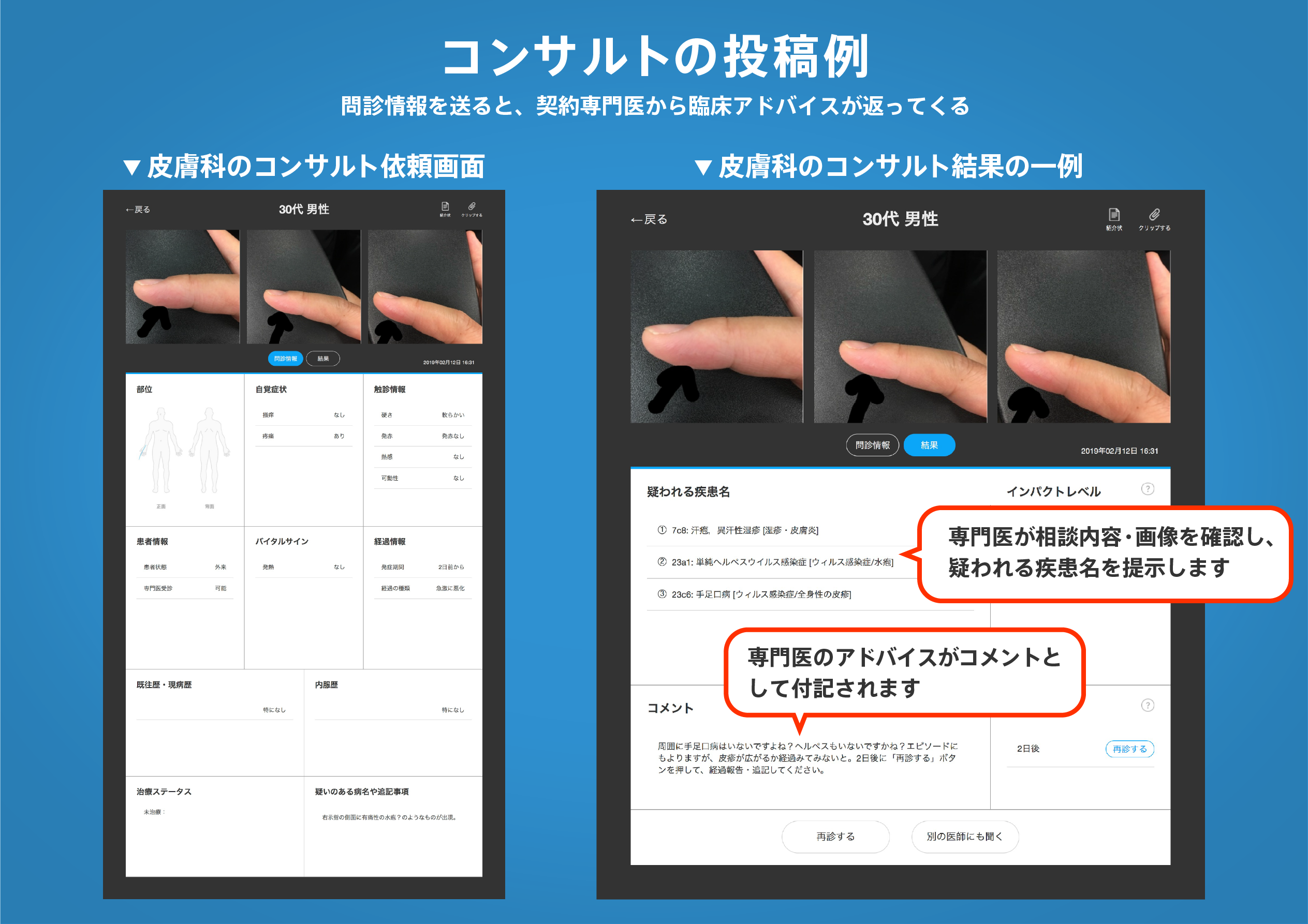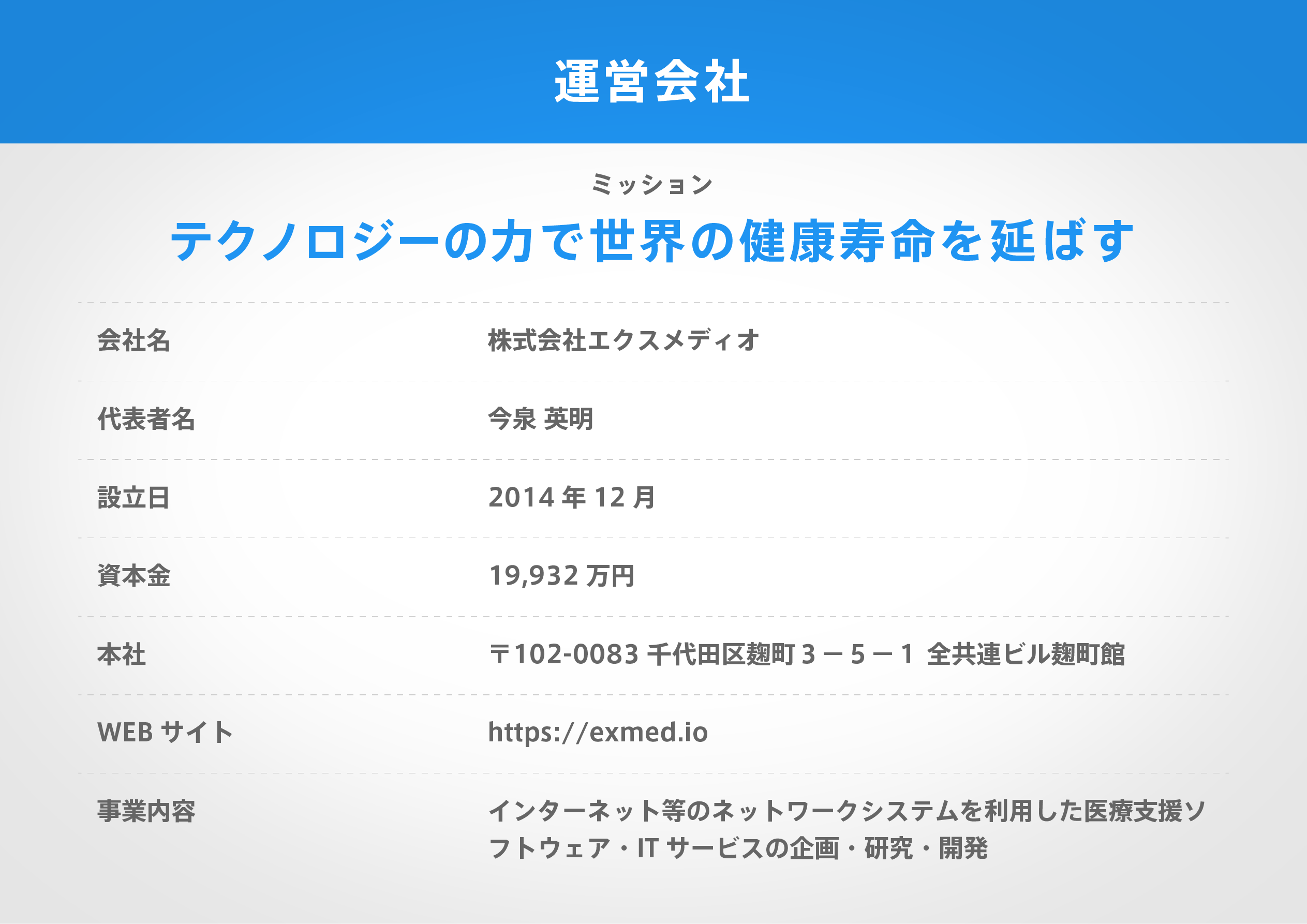著名医師による解説が無料で読めます
すると翻訳の精度が向上します
背景:人間のモンキーポックスの症例は、西アフリカと中央アフリカ以外ではめったに見られません。ウイルスの速度論またはウイルス脱落の期間に関するデータはほとんどなく、認可された治療法はありません。2つの経口薬、ブリンディドフォビルとテコビリマットは、天然poの治療のために承認されており、動物のモンキーポックスに対する有効性を実証しています。私たちの目的は、高所得の環境におけるモンキーポックスの縦断的臨床コースを、ウイルスのダイナミクスと相まって、新しい抗ウイルス療法に関連する有害事象を説明することでした。 方法:この遡及的観察研究では、2018年から2021年の間に英国で診断されたMonkeypoxの7人の患者における臨床的特徴、縦方向のウイルス学的所見、および適応外抗ウイルス剤に対する反応を報告します。この研究には、リバプール、ロンドン、ニューカッスルの献身的な結果感染症(HCID)センターで管理されたすべての患者が含まれ、国立HCIDネットワークを介して調整されました。 調査結果:2018年8月15日から2021年9月10日までのHCID(空中)ネットワークの開始以来、すべての症例をレビューし、7人の患者を特定しました。7人の患者のうち、4人は男性、3人は女性でした。英国で3人のMonkeypoxを獲得しました。1人の患者は、nosocomiallyでウイルスを獲得した医療従事者であり、海外でウイルスを獲得した1人の患者は、それを家庭のクラスター内の大人と子供に伝えました。顕著な疾患の特徴には、ウイルス血症、上気道綿棒における長期のサルポックスウイルスDNA検出、反応性低気分、および1人の患者がサルポックスウイルスPCR陽性の深部組織膿瘍を患っていました。5人の患者が、PCR陽性の長期にわたって3週間以上(22〜39日の範囲)を単独で費やしました。3人の患者がブリンダフォビル(週に1回は口頭で200 mg)で治療され、全員が肝臓酵素を上昇させ、治療の停止をもたらしました。1人の患者をテコビリマット(1日2回、口頭で2回2回)で治療し、副作用を経験せず、他の6人の患者と比較してウイルスの脱落と病気(10日間の入院)の期間が短かった。1人の患者は、退院後6週間後に軽度の再発を経験しました。 解釈:HCIDネットワークを備えたリソースのあるヘルスケアシステムにも、人間のMonkeypoxは独自の課題を提起します。皮膚病変の解決後に長期上気道ウイルスDNAが脱落した後、現在の感染予防と制御ガイダンスに挑戦しました。この病気の抗ウイルス剤の前向き研究が緊急に必要です。 資金調達:なし。
背景:人間のモンキーポックスの症例は、西アフリカと中央アフリカ以外ではめったに見られません。ウイルスの速度論またはウイルス脱落の期間に関するデータはほとんどなく、認可された治療法はありません。2つの経口薬、ブリンディドフォビルとテコビリマットは、天然poの治療のために承認されており、動物のモンキーポックスに対する有効性を実証しています。私たちの目的は、高所得の環境におけるモンキーポックスの縦断的臨床コースを、ウイルスのダイナミクスと相まって、新しい抗ウイルス療法に関連する有害事象を説明することでした。 方法:この遡及的観察研究では、2018年から2021年の間に英国で診断されたMonkeypoxの7人の患者における臨床的特徴、縦方向のウイルス学的所見、および適応外抗ウイルス剤に対する反応を報告します。この研究には、リバプール、ロンドン、ニューカッスルの献身的な結果感染症(HCID)センターで管理されたすべての患者が含まれ、国立HCIDネットワークを介して調整されました。 調査結果:2018年8月15日から2021年9月10日までのHCID(空中)ネットワークの開始以来、すべての症例をレビューし、7人の患者を特定しました。7人の患者のうち、4人は男性、3人は女性でした。英国で3人のMonkeypoxを獲得しました。1人の患者は、nosocomiallyでウイルスを獲得した医療従事者であり、海外でウイルスを獲得した1人の患者は、それを家庭のクラスター内の大人と子供に伝えました。顕著な疾患の特徴には、ウイルス血症、上気道綿棒における長期のサルポックスウイルスDNA検出、反応性低気分、および1人の患者がサルポックスウイルスPCR陽性の深部組織膿瘍を患っていました。5人の患者が、PCR陽性の長期にわたって3週間以上(22〜39日の範囲)を単独で費やしました。3人の患者がブリンダフォビル(週に1回は口頭で200 mg)で治療され、全員が肝臓酵素を上昇させ、治療の停止をもたらしました。1人の患者をテコビリマット(1日2回、口頭で2回2回)で治療し、副作用を経験せず、他の6人の患者と比較してウイルスの脱落と病気(10日間の入院)の期間が短かった。1人の患者は、退院後6週間後に軽度の再発を経験しました。 解釈:HCIDネットワークを備えたリソースのあるヘルスケアシステムにも、人間のMonkeypoxは独自の課題を提起します。皮膚病変の解決後に長期上気道ウイルスDNAが脱落した後、現在の感染予防と制御ガイダンスに挑戦しました。この病気の抗ウイルス剤の前向き研究が緊急に必要です。 資金調達:なし。
BACKGROUND: Cases of human monkeypox are rarely seen outside of west and central Africa. There are few data regarding viral kinetics or the duration of viral shedding and no licensed treatments. Two oral drugs, brincidofovir and tecovirimat, have been approved for treatment of smallpox and have demonstrated efficacy against monkeypox in animals. Our aim was to describe the longitudinal clinical course of monkeypox in a high-income setting, coupled with viral dynamics, and any adverse events related to novel antiviral therapies. METHODS: In this retrospective observational study, we report the clinical features, longitudinal virological findings, and response to off-label antivirals in seven patients with monkeypox who were diagnosed in the UK between 2018 and 2021, identified through retrospective case-note review. This study included all patients who were managed in dedicated high consequence infectious diseases (HCID) centres in Liverpool, London, and Newcastle, coordinated via a national HCID network. FINDINGS: We reviewed all cases since the inception of the HCID (airborne) network between Aug 15, 2018, and Sept 10, 2021, identifying seven patients. Of the seven patients, four were men and three were women. Three acquired monkeypox in the UK: one patient was a health-care worker who acquired the virus nosocomially, and one patient who acquired the virus abroad transmitted it to an adult and child within their household cluster. Notable disease features included viraemia, prolonged monkeypox virus DNA detection in upper respiratory tract swabs, reactive low mood, and one patient had a monkeypox virus PCR-positive deep tissue abscess. Five patients spent more than 3 weeks (range 22-39 days) in isolation due to prolonged PCR positivity. Three patients were treated with brincidofovir (200 mg once a week orally), all of whom developed elevated liver enzymes resulting in cessation of therapy. One patient was treated with tecovirimat (600 mg twice daily for 2 weeks orally), experienced no adverse effects, and had a shorter duration of viral shedding and illness (10 days hospitalisation) compared with the other six patients. One patient experienced a mild relapse 6 weeks after hospital discharge. INTERPRETATION: Human monkeypox poses unique challenges, even to well resourced health-care systems with HCID networks. Prolonged upper respiratory tract viral DNA shedding after skin lesion resolution challenged current infection prevention and control guidance. There is an urgent need for prospective studies of antivirals for this disease. FUNDING: None.
医師のための臨床サポートサービス
ヒポクラ x マイナビのご紹介
無料会員登録していただくと、さらに便利で効率的な検索が可能になります。

